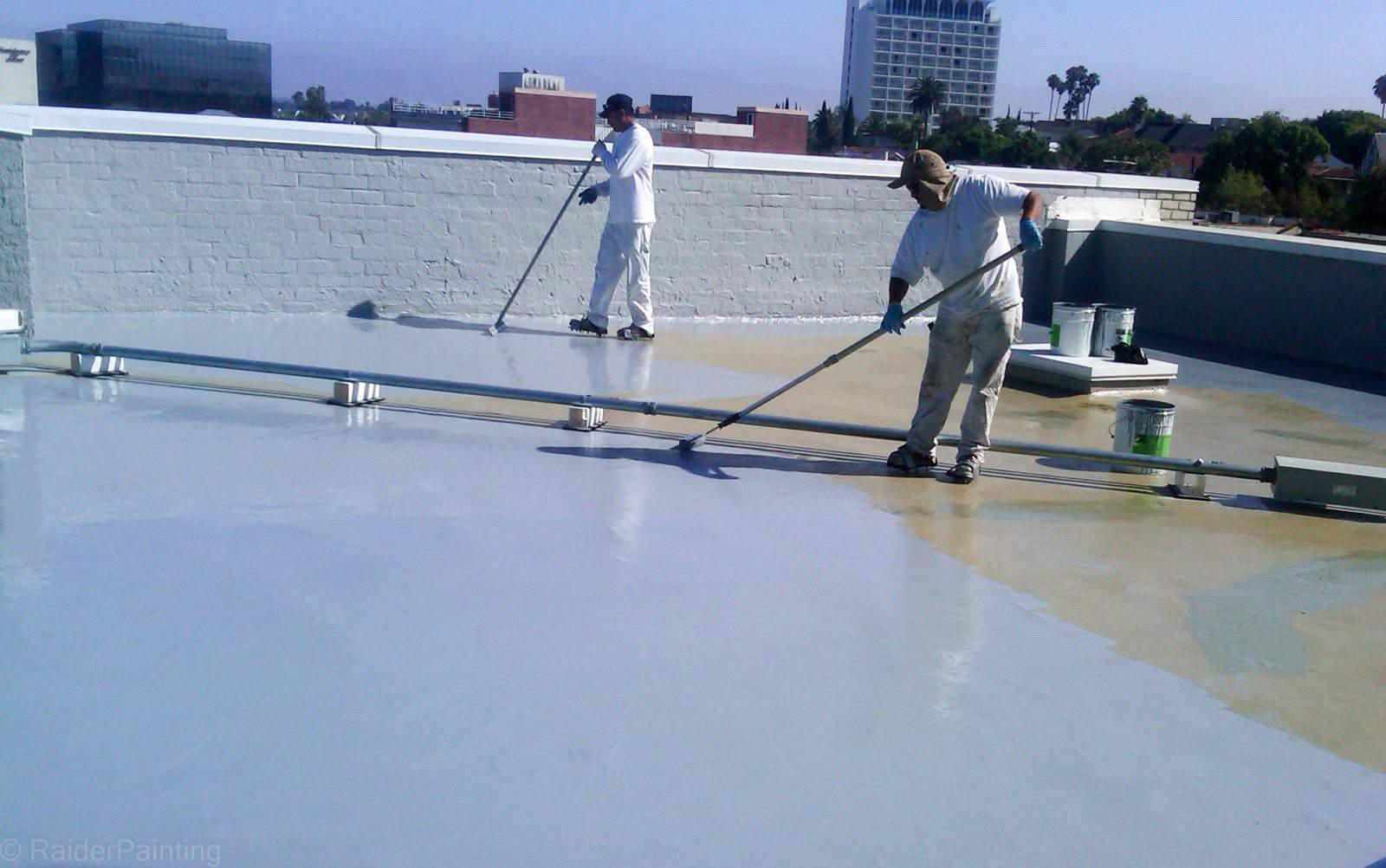Ways to Select the Suitable Water-resistant Products

Waterproofing is a vital aspect of preserving the stability and lifespan of any home or property. As a property owner aiming to protect your property from the harmful effects of water or a builder aiming to create durable buildings, understanding how to select the appropriate waterproofing materials is crucial. Moisture damage can lead to expensive repairs, mold growth , and major structural issues, rendering proper waterproofing a must for all homeowners.
In this definitive guide, we will explore the different elements of waterproofing, from recognizing the indications that your building needs waterproofing to understanding the differences between indoor and exterior approaches. We will also delve into the common misconceptions surrounding waterproofing, allowing you to choose wisely. With the correct information and materials, you can protect your property from water-related problems and avoid thousands in future repairs.
Recognizing the Importance of Moisture Protection
Waterproofing is crucial for any building as it protects structures from water damage, which can lead to significant restoration costs and substantial loss of property value. Moisture seepage does not only pose a risk to the integrity of the building but also to the well-being of occupants, as dampness can cause fungal growth and fungi growth. By utilizing get more info , property owners can establish a solid defense against the detrimental effects of water.
Neglecting waterproofing can be a financially burdensome mistake. The hidden damage from leaks can lead to huge repair bills that far surpass the initial investment in waterproofing products and solutions. For instance, neglected moisture issues in crawl spaces can undermine the foundation, resulting in serious structural problems. Thus, comprehending the critical nature of waterproofing can preserve you thousands of dollars in the time ahead.

Additionally, waterproofing contributes to energy efficiency in buildings. When walls, roofs, and basements are properly waterproofed, they help maintain stable indoor temperatures, reducing the need for overly high heating or cooling. This not only decreases utility costs but also enhances comfort levels. Furthermore, a thoroughly safeguarded property is more durable in adverse weather conditions, ensuring long-term protection for your investment.
Main Considerations In Terms Of Selecting Waterproofing Products
When selecting waterproofing products, the initial important consideration is the specific area you need to protect. Different surfaces, such as cellars, ceilings, and bathrooms, have unique requirements. For instance, basement waterproofing often needs solutions that can handle hydrostatic pressure, while roof waterproofing requires products that can endure UV damage and temperature fluctuations. Determining the exposure levels and moisture conditions of the area will help in selecting the most effective product.
Another important factor is the sort of materials used in the waterproofing product. Look for high-quality materials that offer strength and longevity. For example, membranes and coatings should be adaptable enough to absorb building movement while maintaining a strong barrier against water penetration. Additionally, consider whether you favor a solvent-based, water-based, or cementitious solution, depending on the intended application and ecological impact.
In conclusion, the ease of application is crucial. Some waterproofing solutions are designed for DIY use, while some may require professional installation. Consider your skill level and if you have the tools needed for the job. It’s also wise to review the manufacturer’s instructions and recommendations regarding application conditions, such as temperature and humidity, to ensure optimal performance.
Common Waterproofing Methods and Strategies
In the context of safeguarding your property from moisture issues, there are numerous effective waterproofing methods to think about. One common method is the use of waterproof membranes, which form a shield that prevents liquid from penetrating areas such as cellars, partitions, and roofs. These membranes can be fabricated from different materials, including elastomer, tar, or PVC, and are fitting for both inside and outside applications. Correct installation is crucial to ensure that these membranes perform effectively, thus shielding your assets from drips and infiltration.
An additional effective technique is the use of sealants and protective layers. These products are put on immediately to surfaces and function as a protective layer against water. For instance, waterproofing paints can be used to surfaces and ceilings to prevent fungus and mildew growth, particularly in bathrooms and cooking areas. Additionally, elastomeric coatings are superb for level roofs, providing adaptability and durability to withstand harsh weather conditions while keeping water out. Choosing the appropriate sealant for each distinct area of your house is essential to ensure durability and optimum protection.
For external structures, consider setting up drainage solutions and gutters to redirect water away from your property. Trenches, submersible pumps, and channel drains can effectively reduce the risk of liquid accumulation around bases and cellars. Combined with correct grading of the landscape, these drainage methods minimize the chance of penetration. Utilizing a multifaceted approach with these strategies ensures long-lasting protection against liquid damage, ultimately protecting you from high-priced repairs in the long run.
